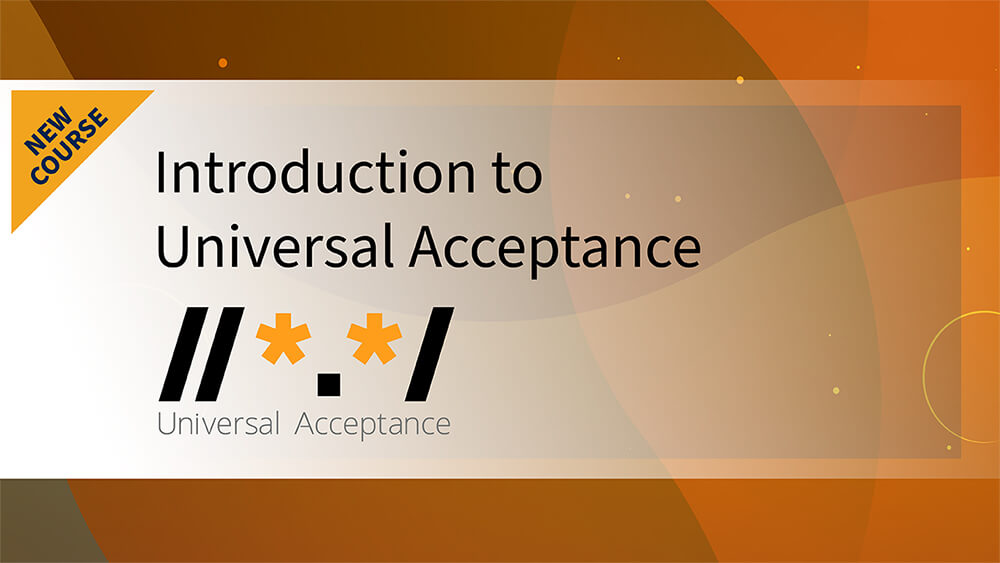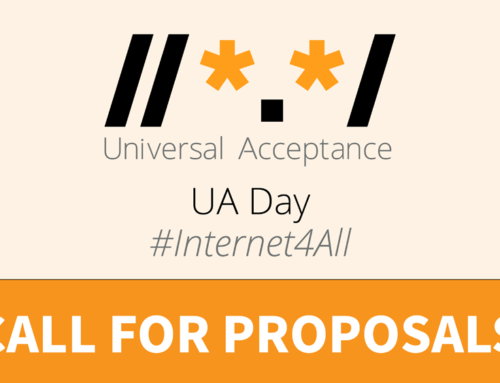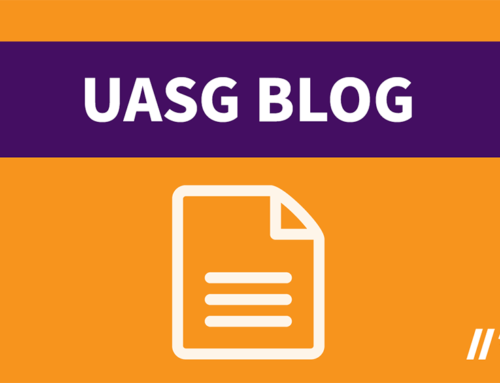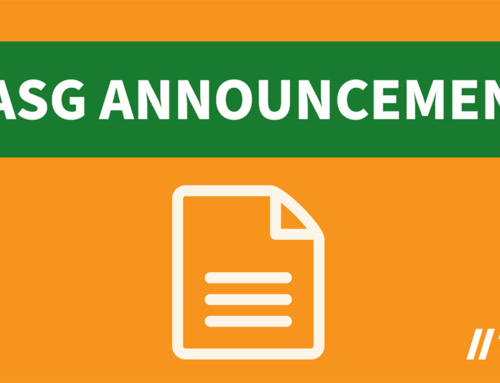This blog was originally published on icann.org.
By Sarmad Hussain, Senior Director, UA and IDN Programs
The Universal Acceptance (UA) of all valid domain names and email addresses is an important priority for ICANN organization (org) and is a strategic goal outlined in the ICANN Strategic Plan for Fiscal Years 2021-2025. One of the central aspects of this work is raising general awareness of UA and its challenges, while also providing remedies to relevant stakeholders. As part of these efforts, I am pleased to announce that we are now offering an Introduction to Universal Acceptance (UA) course on the ICANN Learn platform: https://learn.icann.org.
Why does UA matter?
Over the past decade, the introduction of new generic top-level domains (gTLDs) and Internationalized Domain Names (IDNs) into the Internet ecosystem has led to the expansion of the Domain Name System (DNS). There are now more than 1,200 active gTLDs representing many different scripts and character strings of varying length (e.g., .дети, .london, .engineering). There are also more than 60 IDN country code top-level domains (ccTLDs) representing global communities online in native scripts (e.g., .ไทย). This DNS expansion has led to greater innovation and consumer choice in the domain name industry, while also reducing linguistic barriers to the Internet for users and communities around the world.
Despite this innovation and growth, many Internet-enabled applications, devices, and systems do not validate or process these domain names and email addresses. In order to address this, ICANN and the Internet community are working together towards the goal of Universal Acceptance (UA) – where all domain names and email addresses regardless of language, script, or length (e.g., .在线, .photography, ηλεκτρονικό-μήνυμα-δοκιμή@καθολική-αποδοχή-δοκιμή.ευ) are accepted equally and can be used by all Internet users.
ICANN Learn course
The Introduction to Universal Acceptance course is intended for a wide audience including the general Internet community, technology enablers and developers, email service providers, governments, and policymakers. By completing this course, participants will develop a basic understanding of UA and its technical challenges, the current state of UA-readiness globally, and the economic and social benefits of being UA-ready. The course will also serve as a great resource for people who want to get involved in regional and global efforts to address UA, and for those who want to make their own systems UA-ready.
I hope you find this UA course informative and engaging. By achieving UA we can help support multilingual Internet users, enable greater consumer choice, expand business opportunities, provide career advantages, and assist governments and policymakers in reaching their citizens.
The more people we have interested and involved in this work, the faster we can make UA a reality. If you’re interested in getting involved, here are a few ways:
- Complete the Introduction to Universal Acceptance (UA) ICANN Learn course: https://learn.icann.org.
- Join the ua-discuss mailing list.
- Contribute to one or more of the UASG Working Groups.
- Make your own systems UA-ready with resources available here.





